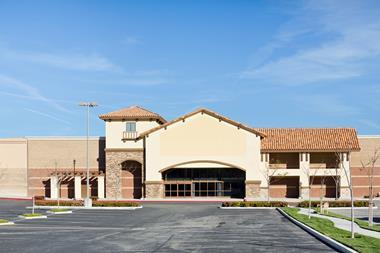Banks that use risk management tools effectively can triple total shareholder return, according to research from PA Consulting Group. Its study shows that, while banks around the world are investing heavily in risk measurement techniques in preparation for the Basel Capital Accord, there are wide differences in approach and in the performance benefits realised.
The research benchmarks how banks worldwide are measuring and managing risk, what they are planning to do and what benefits they have gained.
On average, similarly sized banks tripled their returns over three years by using their risk management tools more widely and effectively. PA therefore concluded that banks should shift their focus from developing sophisticated tools to applying their existing tools more usefully. For example, at the most basic level of risk management, where banks know the explicit risk profile of a transaction with precision, they can use this information to:
Copies of Risk-based management in the banking sector are available from risk.management@paconsulting.com



















